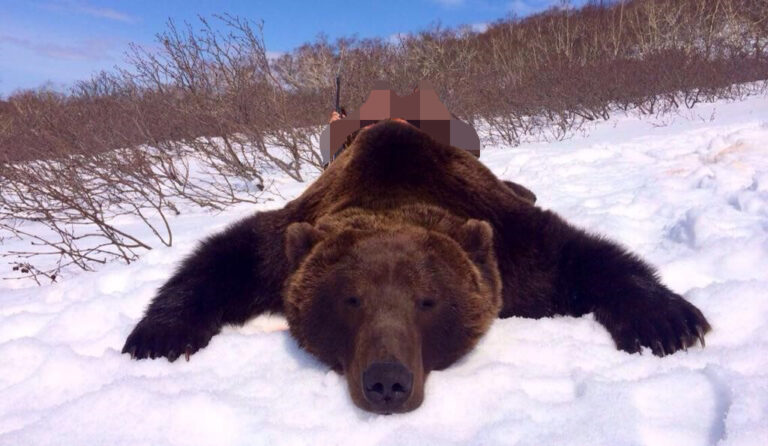Alaska has an estimated 30,000 brown bears statewide. In 2007, about 1,900 brown bears were harvested in Alaska. Of that figure, about 700 were taken by Alaska residents, and roughly 1,200 (or 67 percent) were taken by non-residents. Bear hunting seasons are held in both spring and fall in some areas but only in fall in other areas. It is illegal to kill cubs and females with offspring. Nonresident brown bear hunters are required to have a guide or be accompanied by an Alaska resident who is a relative.
Brown bears are larger than black bears and have a more prominent shoulder hump, less prominent ears, and longer, straighter claws. Both the shoulder hump and the long claws are adaptations related to feeding. The long claws are useful in digging for roots or excavating burrows of small mammals. The musculature and bone structure of the hump are adaptations for digging and for sprinting to capture moose or caribou for food. Despite their bulk, bears are surprisingly fast and agile.
